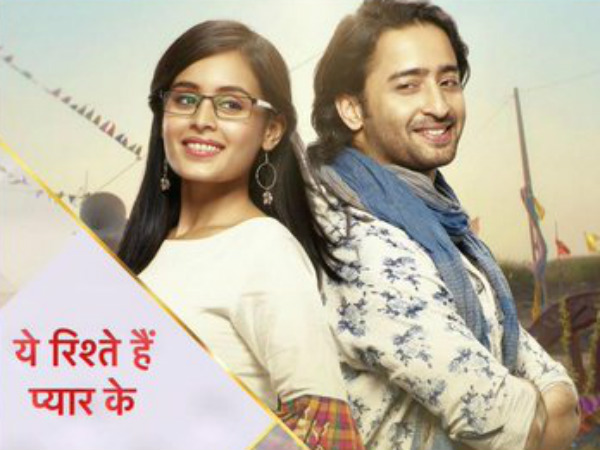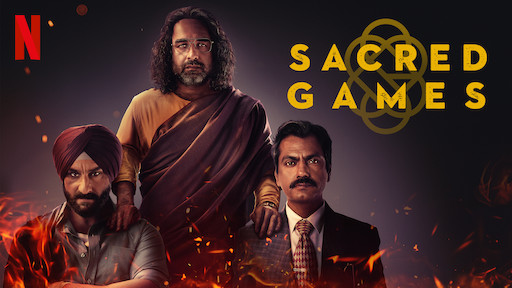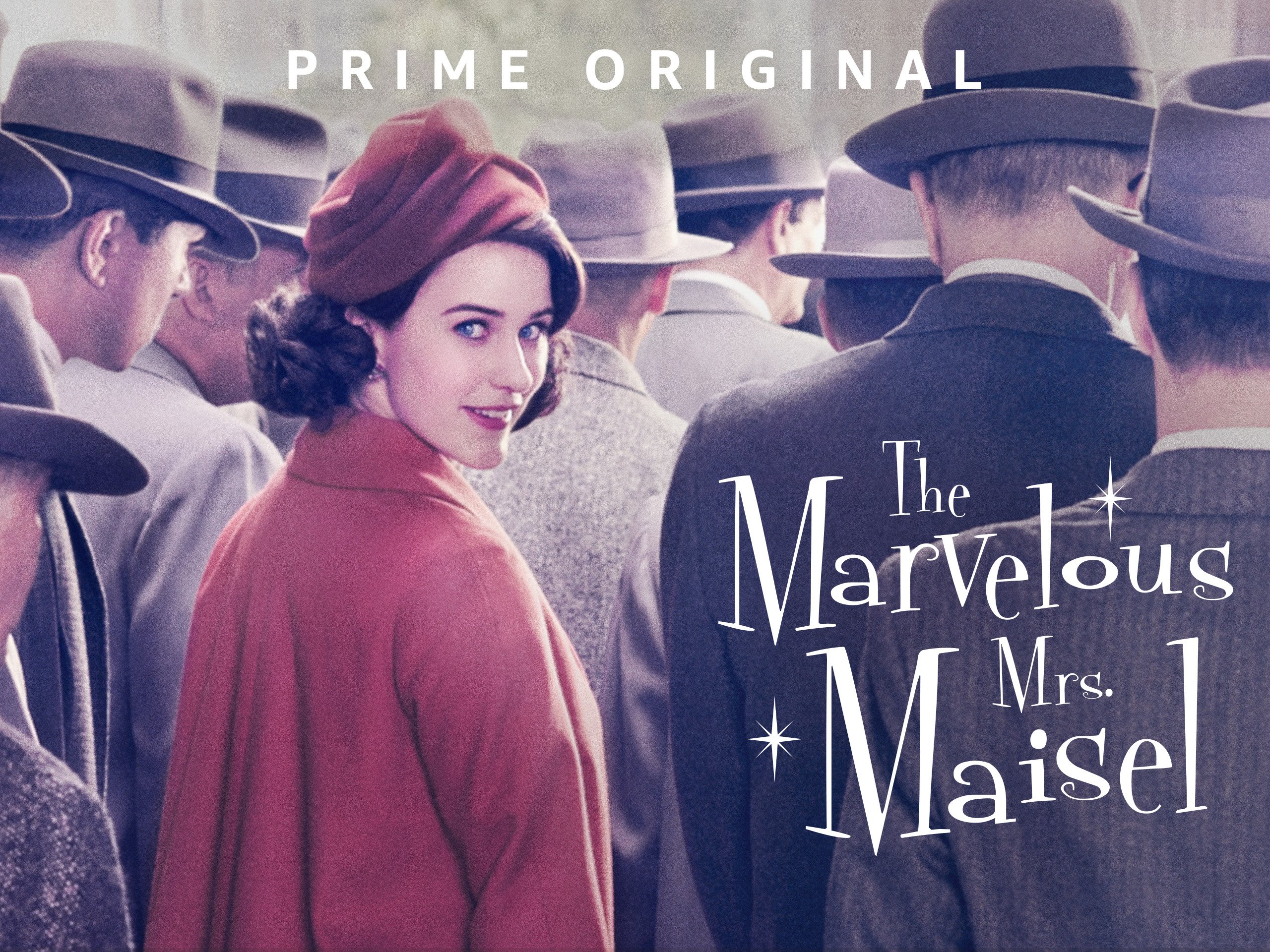
- Home
- India
- World
- Premium
- THE FEDERAL SPECIAL
- Analysis
- States
- Perspective
- Videos
- Sports
- Education
- Entertainment
- Elections
- Features
- Health
- Business
- Series
- In memoriam: Sheikh Mujibur Rahman
- Bishnoi's Men
- NEET TANGLE
- Economy Series
- Earth Day
- Kashmir’s Frozen Turbulence
- India@75
- The legend of Ramjanmabhoomi
- Liberalisation@30
- How to tame a dragon
- Celebrating biodiversity
- Farm Matters
- 50 days of solitude
- Bringing Migrants Home
- Budget 2020
- Jharkhand Votes
- The Federal Investigates
- The Federal Impact
- Vanishing Sand
- Gandhi @ 150
- Andhra Today
- Field report
- Operation Gulmarg
- Pandemic @1 Mn in India
- The Federal Year-End
- The Zero Year
- Science
- Brand studio
- Newsletter
- Elections 2024
- Events
- Home
- IndiaIndia
- World
- Analysis
- StatesStates
- PerspectivePerspective
- VideosVideos
- Sports
- Education
- Entertainment
- ElectionsElections
- Features
- Health
- BusinessBusiness
- Premium
- Loading...
Premium - Events

TV set for change, courtesy COVID-19 break
The audience's shift to OTT during this COVID-19 lockdown will bring about a big change in TV content, feel some experts.

Prarthana Srikanth, a 31-year-old professional, doesn’t own a TV. She is glued to Netflix, Amazon Prime, Zee5 and other over the top (OTT) media services. But now she has managed to pass on the same affliction to her mother, Radha, a principal in a private school. From recording TV shows on her Tata Sky+ network once to stopping the subscription and taking to OTT, and even suggesting shows...
Prarthana Srikanth, a 31-year-old professional, doesn’t own a TV. She is glued to Netflix, Amazon Prime, Zee5 and other over the top (OTT) media services. But now she has managed to pass on the same affliction to her mother, Radha, a principal in a private school.
From recording TV shows on her Tata Sky+ network once to stopping the subscription and taking to OTT, and even suggesting shows for Prarthana now, Radha has undergone a massive makeover.
Citing the variety of shows available in languages such as Tamil, Hindi, Telugu and Malayalam, Radha says, “The quality is much better than the oft-repeated mega serials that you are forced to watch now on TV as there is nothing else available during the evenings and nights.”
“Initially, I was taken aback by the explicit content and language. However, the quality is much better and I have decided to stick to it. I have a whole bucket list of series now from across platforms like Netflix, Prime, HotStar — with suggestions from relatives and my daughter — and I am determined to finish it in the next couple of months.”
This is one change that has emerged from the break in TV entertainment shows during the course of the lockdown. With shoots being suspended, TV channels have rerun older programmes and popular serials for the time being.
However, in the interim, alternatives for TV viewers, including OTT, seem to spell a change in TV content.
TV has to reinvent
A Telugu producer-writer, who didn’t wish to be named, says that with shows like Family Man, Delhi Crimes and Queen (based on the life of former Tamil Nadu chief minister J Jayalalithaa), the Telugu audiences have had a better set of options in the last few months.
“Even those in the older-age group are now accustomed to the platforms and are keen to scour them for more quality content,” he says, suggesting that Telugu TV content creators will have to get their act together and work on quality content, if they want to win back this audience. “They can’t be stuck up with the same concept of daughter-in-law vs mother-in-law and family quarrels.”

An ongoing study by Kavithalaya Productions, founded by the legendary filmmaker K Balachander, in Tamil Nadu is trying to understand the kind of content accessed by viewers and producers on OTT during the lockdown.
Pushpa Kandaswamy, managing director of the production house, feels the shift to OTT will bring about a big change in TV content.
“Women have begun to see OTT as their own medium and many have begun to understand that the special formula that is working for them on this platform is nothing else but intelligent content,” she observes.
While TV is driven by advertisements that have actually been deciding the content, the shift is definitely going to be towards realistic plots and shorter formats.
The change is going to be more or less immediate, believes Aseem Arrora, screenwriter, who is known for POW, a political thriller, on Star Plus.
“Producers will slash budgets, as advertisers are not there and the shows will have to go for smaller units. The units have to be COVID-friendly and opt for fewer locations and shorter shoot durations. However, the content has to be edgier, as everyone at home is able to access the content on phone, laptop, or iPads. The TV screen is not the lone option now. The shows have to be able to hold on to their old audiences and do not have the luxury of taking a week to chalk out characters and slowly up the drama,” he observes.
Arrora also says that despite the good run of DD’s Mahabharata and Ramayana, mythological shows and big budgets will have to be put on hold till things return to normal.
“We don’t know for how long this pandemic is going to last and the world is certainly not going to go about like this. Big budgets will have to wait till then,” he adds.
TV in a transitional stage
Those in the field also view the moment as a transitional stage. K Gireesh Kumar, former head, content department, Asianet, points out, “We don’t know when exactly but the content is not going to be the same in future. OTT has a younger audience and the TV medium has to lure them by giving them the content they want to watch.”
Some shoots have begun and the pandemic has brought in a change in the approach.
Binaifer Kohli, TV producer of shows like Bhabhiji Ghar Par Hai, points out, “We have shows going on air and now it is not any more about the costume or the look of the characters, but the insurance and standard operating procedures that are important. This pandemic has had all of us floundering and that is how it is going to be till it settles down. However, we have to take the opportunity to deliver, as the audience has explored a new kind of content on OTT. It has made business all the more competitive and unlike in OTT, where they can halt for a while, we cannot due to the advertising involved,” she says.

Shylaja Chetlur, actor and founder, Cinema Rendezvous, a film club with interactive discussions, says that TV is poised for a forced revamp.
“Many of us kept talking about TV being stuck at one level. I am reminded of what Bala Kailasam, the late son of Balachander and TV producer once told me. He spoke about shows like video blogs on real stories with the drama in them. I think the documentary as a format is being rewritten in our mind and its international form, which didn’t have a large scale consumption, will now come into television. It will also be an opportunity for citizen journalism and creative content from the viewer to find a space in the medium. It can bridge the gap between amateur and professional content makers a little. Probably, we won’t need those 60 people in one unit any more; there will be 5-6 people in 10 places,” she says.
Each has its own audience
Director Naga, who made Tamil TV shows like Marma Desam, a one of a kind thriller in the 90s, illustrates his belief that TV has its dedicated set of audiences untouched by any other medium, with a story. “They are a captive audience and they go along with the storyline,” he says.
He recalls how an aunt of his got confused about one serial while explaining it to another aunt.
“She began saying, ‘This man you see is the husband and behind him is his wife; they have a son.’ She then realised it was the story of another serial and corrected herself. ‘No, this is the plot of another series; this couple doesn’t have a child’. An average TV viewer is like this aunt of mine; they need to be reminded time and again about characters you have introduced three or four episodes ago,” he says.
He adds that the TV is not going to alter its content much and that the audiences will go back to their old ways.

“OTT is binge watching and extended viewing of the film — a different medium; storytelling itself is different. Because there is a lack of TV, they have moved there and they are not going to stay there. OTT is expensive and not many can afford it,” he adds.
Gireesh Kumar says that TV viewing is a habit, unlike the OTT format that is available at any given time and is more of a personal preference.
“It is this habit of watching TV at a particular time that brings about the need for a 1,500-episode series. This can be understood best with an example from our own shows. When we announced that the series Kasthurimaan is going to end soon, we had a plethora of requests from our audiences saying don’t, we need more. Such things can happen only with TV,” he explains.
With TV watching being tied more to news and updates, getting back to normal would mean watching TV serials again, says Sreekandan Nair, managing director, Flowers TV and a key producer of 24, a news channel.
“We cannot pit TV against OTT. Both can grow hand in hand, without taking away viewers from either of the platforms,” he says.
